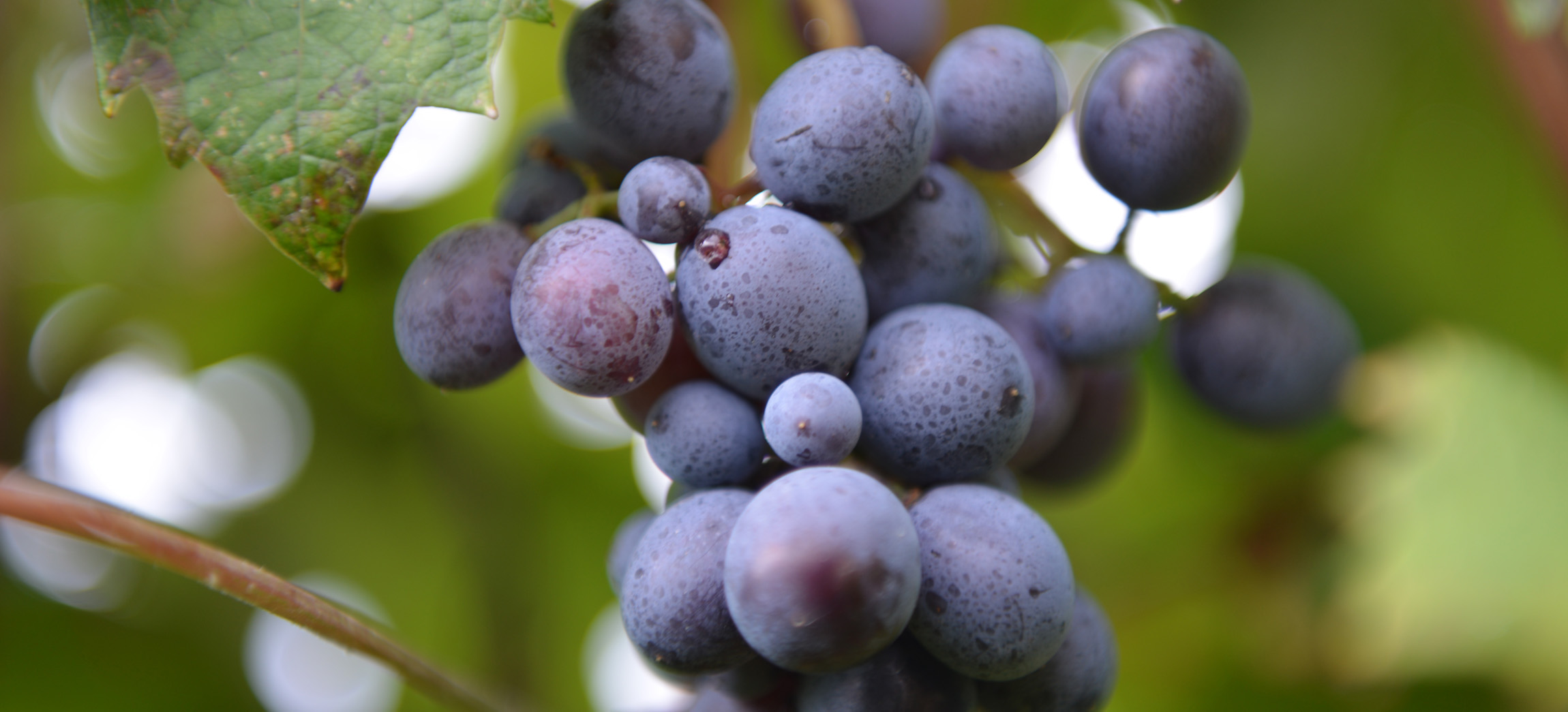Tuscan Wine Curator introduces you to the Chianti Classico area and its wines
CHIANTI CLASSICO WINE ZONE
The Chianti Classico denomination applies to the historic viticultural countryside between Florence and Siena. It includes the entire municipalities of Castellina in Chianti, Gaiole in Chianti, Greve in Chianti, Radda in Chianti, and parts of Barberino Tavarnelle, Castelnuovo Berardenga, Poggibonsi, and San Casciano V.P.
CHIANTI CLASSICO TERROIR
The Chianti Classico wine zone covers almost 72,000 hectares (177,500 acres) consisting of a variety of soil types,
the most important being galestro (a soft, clay-like soil) and albarese (hard sandstone). The altitude of the vineyards ranges from 300 to 600m a.m.s.l. High daytime temperatures with cool nights at the height of Summer enrich the ripening grapes with polyphenolic compounds and noble aromas, while maintaining their freshness and acidity.
CHIANTI CLASSICO GRAPE VARIETIES
The typical Chianti Classico wine is a ruby-red, Sangiovese-based (min. 80% and up to 100%) wine. Since 2006, Chianti Classico can be produced exclusively with red grape varieties. Canaiolo, Colorino, Cabernet Sauvignon, Merlot, Syrah, Trebbiano, Malvasia, and Moscato are also grown in the area.
CHIANTI CLASSICO WINE TYPES
Chianti Classico (minimum alcohol content 12°) and Chianti Classico Riserva (minimum 12.5°). The outstanding Chianti Classico Gran Selezione (minimum aging 30 months) was established in 2013 and introduced in 2014. Nowadays the zone also proposes SuperTuscan Chianti with alcohol content 14°. IGT wines produced in the area include IGT Syrah, IGT Bianco, IGT Rosato.
CHIANTI CLASSICO HISTORY IN A NUTSHELL
The first official document in which the name Chianti refers to wine dates back to 1398. The iconic black rooster became the arms of the Chianti military League in 1384, and was adopted as the symbol of the newly-formed Chianti wine Consortiun in 1924. Today’s production area was laid down in a 1932 decree. Chianti Classico shared DOC status (since 1967) and DOCG designation (since 1984) with the other Chianti wines until 1996, when it was awarded and independent DOCG.
CHIANTI CLASSICO TRIVIA
A popular legend tells that in the 13th century Florence and Siena decided to settle their claims over the Chianti area by setting the boundary where two knights – each leaving from his city at cockcrow – would meet. The Florentines chose a black cockerel, which they kept without food until the fateful night. When they finally released it, even though the sky was still pitch black, it started to crow, and the Florentine knight could gain a head start. The Sienese knight, on the other hand, left at daybreak, and could only travel a few miles before he met the Florentine knight at Fonterutoli.



